Table of content
Cooking tender ribs is an art that many culinary enthusiasts strive to perfect. Whether you’re preparing them for a family dinner, a holiday feast, or a special occasion, there’s nothing quite like sinking your teeth into a fall-off-the-bone, flavorful rib that has been cooked to perfection. Achieving this level of tenderness can seem like a daunting task, but with the right techniques and tips, you can transform even the toughest cuts of meat into a mouthwatering dish. This comprehensive guide will walk you through the various methods and considerations for cooking tender ribs, ensuring that your next rib endeavor is a success.
Understanding Rib Cuts
Before diving into the cooking process, it’s essential to understand the different types of rib cuts available. Each type has its unique characteristics and best-suited cooking methods.
-
Spare Ribs: These are the less expensive and more common type of ribs, often found in supermarkets. They come from the belly area of the pig and include a layer of fat and meat on one side and bones on the other. Spare ribs can be quite tough if not cooked properly but are capable of becoming incredibly tender with the right techniques.
-
Baby Back Ribs: These are smaller and more tender than spare ribs, coming from the back of the pig near the spine. Baby back ribs have less fat and meat but are more prized for their flavor and tenderness. They are generally quicker to cook than spare ribs.
-
Country-Style Ribs: These are not true ribs but rather a cut from the pork shoulder. They are boneless and meatier, with a texture similar to pork chops. Country-style ribs require a different cooking approach due to their lack of bone and higher fat content.
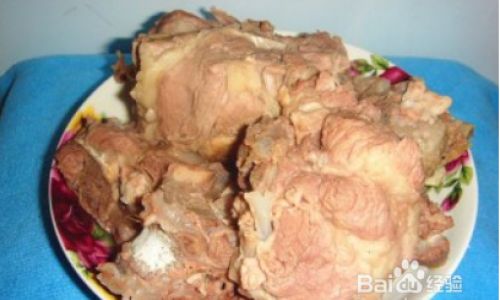
Preparation Techniques
The journey to tender ribs begins with proper preparation. Here are some key steps to ensure your ribs are ready for cooking:
-
Trimming Fat: While some fat is necessary for flavor and moisture retention, excess fat can make your ribs greasy. Trim off any large pieces of fat, especially on spare ribs, but leave a thin layer to keep the meat moist during cooking.
-
Removing the Membrane: The silverskin or membrane on the bone side of spare ribs can prevent the seasoning from penetrating and make the ribs chewy. Use a sharp knife or a paper towel to grip and peel it off. This step is optional for baby back ribs, as their membrane is thinner and less noticeable.
-
Seasoning: Seasoning your ribs is crucial for flavor. A simple blend of salt, pepper, and garlic powder can work wonders, or you can opt for more complex rubs with brown sugar, paprika, chili powder, and other spices. Apply the seasoning evenly on all sides of the ribs, massaging it into the meat to ensure it adheres well.
-
Marinating: For deeper flavor, consider marinating your ribs overnight or for at least a few hours. A marinade can include acidic ingredients like vinegar, lemon juice, or apple cider vinegar, which help to tenderize the meat. Combine these with oil, herbs, and spices for a flavorful bath.
Cooking Methods
There are several methods to cook ribs, each with its own set of benefits and potential pitfalls. Here’s a detailed look at some popular techniques:
Oven-Baked Ribs
Oven-baking is a straightforward and reliable method for cooking tender ribs. Here’s how to do it:
-
Preheat the Oven: Preheat your oven to around 325°F (163°C). This low and slow cooking method helps to break down the collagen in the meat, making it tender.
-
Roasting: Place the seasoned ribs on a rack in a roasting pan. Add some liquid, such as apple juice, beer, or broth, to the bottom of the pan to create steam and keep the meat moist. Cover the pan loosely with aluminum foil to prevent the ribs from drying out.
-
Cooking Time: Cook for about 2 to 3 hours, depending on the thickness of the ribs. Check for tenderness by probing the meat between the bones with a fork or meat thermometer. The internal temperature should reach around 195°F (90.5°C).
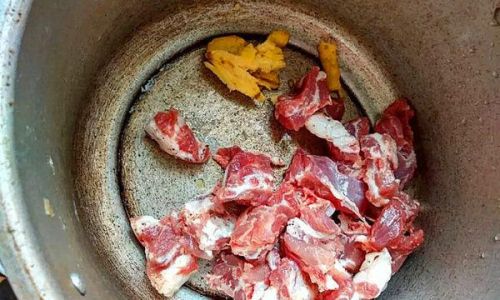
-
Finishing: Remove the foil for the last 30 minutes of cooking to allow the ribs to brown and caramelize. Baste them with the juices in the pan or a barbecue sauce for added flavor.
Grilling Ribs
Grilling ribs adds a smoky flavor that is hard to resist. However, it requires more attention and a bit of finesse.
-
Indirect Grilling: Set up your grill for indirect grilling by placing one side of the coals or burners on high and the other side off or on low. This allows you to cook the ribs slowly without burning them.
-
Starting Low and Slow: Place the ribs on the cooler side of the grill, bone side down. Cover the grill and cook for about 2 to 3 hours, adding wood chips or chunks for smoke flavor if desired.
-
Wrapping: After about 2 hours, wrap the ribs in aluminum foil with some liquid (like apple juice or broth) and continue cooking until tender. This step helps to steam the ribs and break down the connective tissue.
-
Finishing on the Grill: Unwrap the ribs and place them back on the grill over direct heat for about 10-15 minutes per side, basting with barbecue sauce to build up a glossy, caramelized crust.
Slow Cooker Ribs
The slow cooker is a set-it-and-forget-it option that yields tender, flavorful ribs with minimal effort.
-
Seasoning and Layering: Season the ribs as desired and place them in the slow cooker in a single layer. You can add a bit of liquid, such as broth, apple cider vinegar, or beer, to the bottom of the cooker, but not too much as the ribs will release juices during cooking.
-
Cooking Time: Cook on low for about 6 to 8 hours, depending on the size and type of ribs. The slow, gentle heat of the slow cooker will break down the meat, making it incredibly tender.
-
Finishing: Once cooked, you can transfer the ribs to a broiler or grill for a few minutes to crisp up the exterior, or simply serve them as they are with your favorite sauce.
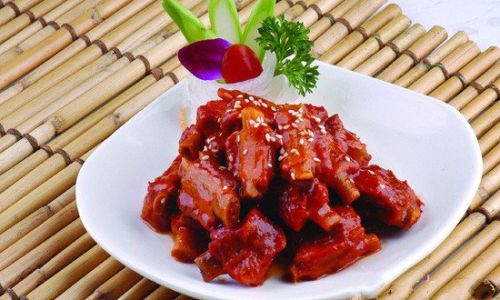
Post-Cooking Tips
Even after your ribs are cooked to perfection, there are a few final steps you can take to enhance their presentation and flavor:
-
Resting: Allow the ribs to rest for about 10-15 minutes after cooking. This helps the juices redistribute within the meat, ensuring each bite is juicy and flavorful.
-
Saucing: If you prefer your ribs sauced, apply the barbecue sauce just before serving or during the final minutes of cooking to avoid making the crust soggy.
-
Serving: Slice the ribs between the bones for easy eating. Garnish with fresh herbs, a sprinkle of finishing salt, or a drizzle of extra sauce for added appeal.
Troubleshooting Common Issues
Even with the best intentions, things can go wrong when cooking ribs. Here are some common issues and how to troubleshoot them:
-
Overcooked Ribs: If your ribs are dry and falling apart, they may have been overcooked. Use a meat thermometer to avoid this, and remember that the ribs will continue to cook slightly after being removed from the heat.
-
Tough Ribs: If your ribs are still tough after cooking, they may not have been cooked long enough or at the right temperature. Consider using a lower temperature and cooking for a longer period.
-
Burnt Exterior: If the exterior of your ribs is burnt but the inside is still tough, you may have used too high direct heat. Adjust your grill setup or oven temperature accordingly.
Conclusion
Cooking tender ribs is a rewarding culinary endeavor that can be approached with various techniques and flavors. By understanding the different types of rib cuts, preparing them properly, and choosing the right cooking method, you can achieve fall-off-the-bone tenderness that will impress even the most discerning palate. Remember, cooking ribs is as much about patience and attention to detail as it is about following a recipe. With practice and a love for good food, you’ll soon be mastering the art of cooking tender ribs like a pro. Happy cooking!
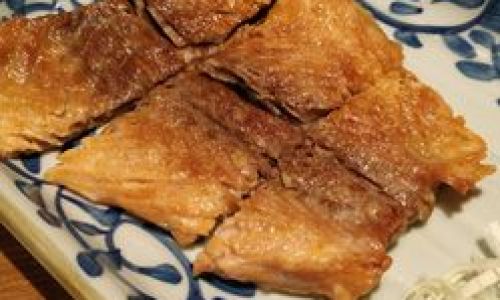
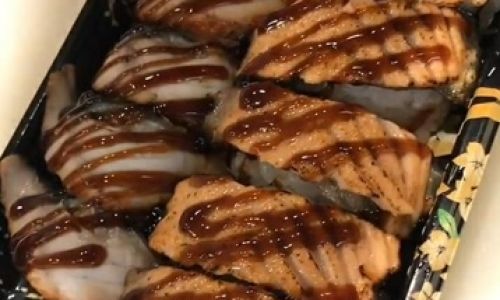
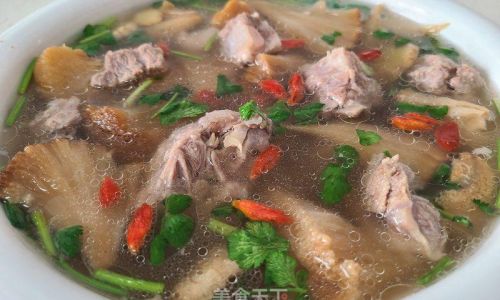
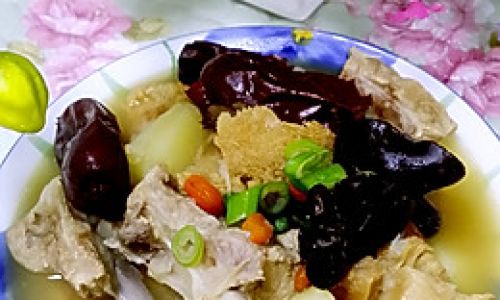
0 comments